

Articles
How To Store Baked Bread
Modified: February 26, 2024
Discover the best methods for storing your freshly baked bread with our informative articles. Keep your bread fresh and delicious for longer.
(Many of the links in this article redirect to a specific reviewed product. Your purchase of these products through affiliate links helps to generate commission for Storables.com, at no extra cost. Learn more)
Introduction
When it comes to freshly baked bread, there’s nothing quite like the aroma and taste that can transport you to a bakery. But what happens when you can’t devour the entire loaf in one sitting? Properly storing baked bread is essential to maintain its freshness and flavor, ensuring that you can enjoy it for days to come.
In this article, we’ll explore the best practices for storing baked bread, including proper cooling techniques, effective wrapping methods, and suitable storage options. Whether you prefer to store your bread at room temperature or keep it in the freezer, we’ve got you covered with all the tips and tricks you need to know.
So, let’s dive in and discover the secrets to keeping your baked bread fresh and delicious!
Key Takeaways:
- Properly cooling baked bread is crucial to prevent moisture buildup and maintain texture. Patience is key during the cooling process, ensuring freshness and longevity.
- Freezing bread extends its shelf life, but proper thawing and reheating techniques are essential to restore its delicious taste and texture. Avoid microwave thawing for best results.
Read more: How To Store Baked Goods
Proper Cooling
Before storing your baked bread, it’s crucial to ensure that it is properly cooled. Allowing the bread to cool completely will help prevent condensation and moisture buildup, which can lead to a soggy texture and mold growth.
When the bread is removed from the oven, place it on a wire cooling rack. This allows air to circulate around the bread, promoting even cooling. Avoid placing the bread on a solid surface, as it can trap heat and result in a moist bottom.
It’s tempting to slice into a freshly baked loaf right away, but refrain from doing so until it has cooled down. Cutting into hot bread releases steam and can make it go stale faster.
The cooling process generally takes around 1-2 hours, depending on the size of the loaf. It’s important to exercise patience during this time to ensure the best texture and longevity for your stored bread.
Wrapping the Bread
Properly wrapping your baked bread is essential for preserving its freshness and preventing it from drying out. Here are a few effective methods to consider:
- Plastic Wrap: One of the simplest ways to wrap bread is to use plastic wrap. Start by tightly wrapping the loaf, ensuring that there are no air pockets. This helps to maintain the bread’s moisture and prevents it from becoming stale. If you’re wrapping individual slices, you can use plastic wrap or place them in a resealable plastic bag.
- Paper Bag: Another option is to use a paper bag, which allows the bread to breathe while still providing a barrier against moisture loss. Place the bread inside the bag and fold the top over to seal it. Be sure to store it in a cool, dry place to prevent any potential molding.
- Bread Box: Investing in a bread box is a great way to store your bread in a stylish and convenient manner. These containers are designed to regulate moisture levels, keeping your bread fresh for longer. Make sure the bread is cooled and wrapped before placing it in the bread box.
Regardless of the wrapping method you choose, remember to label your bread with the date to keep track of its freshness. This will help you prioritize which loaf to consume first, especially if you have multiple stored breads.
Store baked bread in a paper bag or bread box at room temperature for up to 2-3 days. For longer storage, wrap in plastic wrap and freeze for up to 3 months. Thaw at room temperature when ready to eat.
Storing at Room Temperature
If you plan to consume your baked bread within a few days, storing it at room temperature can be a convenient option. However, it’s important to create the right environment to maintain freshness. Here’s how:
- Bread Box or Bread Bin: As mentioned earlier, a bread box or bread bin can be an excellent storage solution for keeping bread at room temperature. These containers provide a controlled environment that helps regulate moisture levels, keeping the bread fresh for longer. Place the wrapped bread inside the bread box and ensure it is sealed to prevent any air or moisture from entering.
- Paper Bag or Tea Towel: If you don’t have a bread box, you can still store the bread in a paper bag or wrap it in a clean tea towel. These materials allow the bread to breathe while providing some protection. Place the wrapped bread in a cool, dry spot away from direct sunlight to prevent it from drying out.
It’s essential to check your bread periodically for any signs of spoilage, such as mold growth or a stale aroma. If you notice any of these indicators, it’s time to discard the bread. Remember, different types of bread have varying shelf lives, so always use your judgment and rely on your senses when determining freshness.
Keep in mind that storing bread at room temperature may result in a shorter shelf life compared to refrigerating or freezing. Therefore, it’s best to consume bread stored at room temperature within 3-5 days for optimal quality and taste.
Freezing the Bread
If you have more bread than you can consume within a few days, freezing is an excellent option to extend its shelf life. Freezing bread helps to lock in its freshness and flavor, allowing you to enjoy it at a later time. Here’s how to freeze your baked bread:
- Cool and Wrap: Ensure that the bread is completely cooled before freezing. Wrap the bread tightly in plastic wrap or aluminum foil to protect it from freezer burn and moisture loss. For added protection, you can place the wrapped bread in a resealable plastic bag.
- Label and Date: Remember to label the bread with the date of freezing to keep track of its freshness. Use a permanent marker or a label that adheres well to the wrapping.
- Freeze: Place the wrapped bread in the freezer, ensuring that it is in an upright position to prevent it from getting crushed. If you have multiple loaves, consider storing them separately or using dividers to prevent sticking.
When properly frozen and stored in an airtight container or freezer bag, bread can last for up to three months in the freezer. However, it’s best to consume it within one to two months for the best flavor and texture.
Freezing bread also allows you to pre-slice it before freezing if you prefer. This makes it easier to thaw and use individual slices without having to defrost the entire loaf.
Remember that freezing can affect the texture of bread, causing it to become slightly denser upon thawing. However, toasting or reheating the bread can help restore its freshness and bring back its delightful taste.
Read more: How To Store Baked Muffins
Thawing and Reheating
When it’s time to enjoy your frozen bread, proper thawing and reheating techniques are essential to bring back its delicious taste and texture. Here’s how to do it:
- Thawing: Remove the desired number of bread slices or the entire loaf from the freezer. The best way to thaw bread is to let it defrost at room temperature. Place the wrapped bread on a clean kitchen counter or a wire rack to thaw gradually. Avoid using a microwave or oven for thawing, as it can lead to uneven heating and result in a rubbery texture.
- Reheating: If you prefer warm bread or want to restore the freshly baked texture, reheating is the way to go. Preheat your oven to around 300°F (150°C). Remove the plastic wrap or foil and place the bread directly on the oven rack or a baking sheet. Bake for 8-10 minutes, or until the bread is heated through and crispy. Be mindful not to overheat, as it can dry out the bread.
If you only need a few slices at a time, you can reheat them individually in a toaster or toaster oven for a quick and convenient option. Toasting frozen bread will help revive its taste and give it a satisfying crunch.
Once the bread is thawed or reheated, it’s ready to be enjoyed. Whether you choose to spread butter on it, enjoy it plain, or use it for sandwiches or toast, your frozen bread can still bring immense joy and satisfaction.
Remember to store any leftover thawed bread properly to maintain its freshness. If you have more than you can consume within a day or two, consider wrapping and storing it at room temperature or freezing it again to preserve its taste and quality.
By following these thawing and reheating techniques, you can enjoy your frozen bread as if it were freshly baked, bringing warmth and comfort to every bite.
Frequently Asked Questions about How To Store Baked Bread
Was this page helpful?
At Storables.com, we guarantee accurate and reliable information. Our content, validated by Expert Board Contributors, is crafted following stringent Editorial Policies. We're committed to providing you with well-researched, expert-backed insights for all your informational needs.
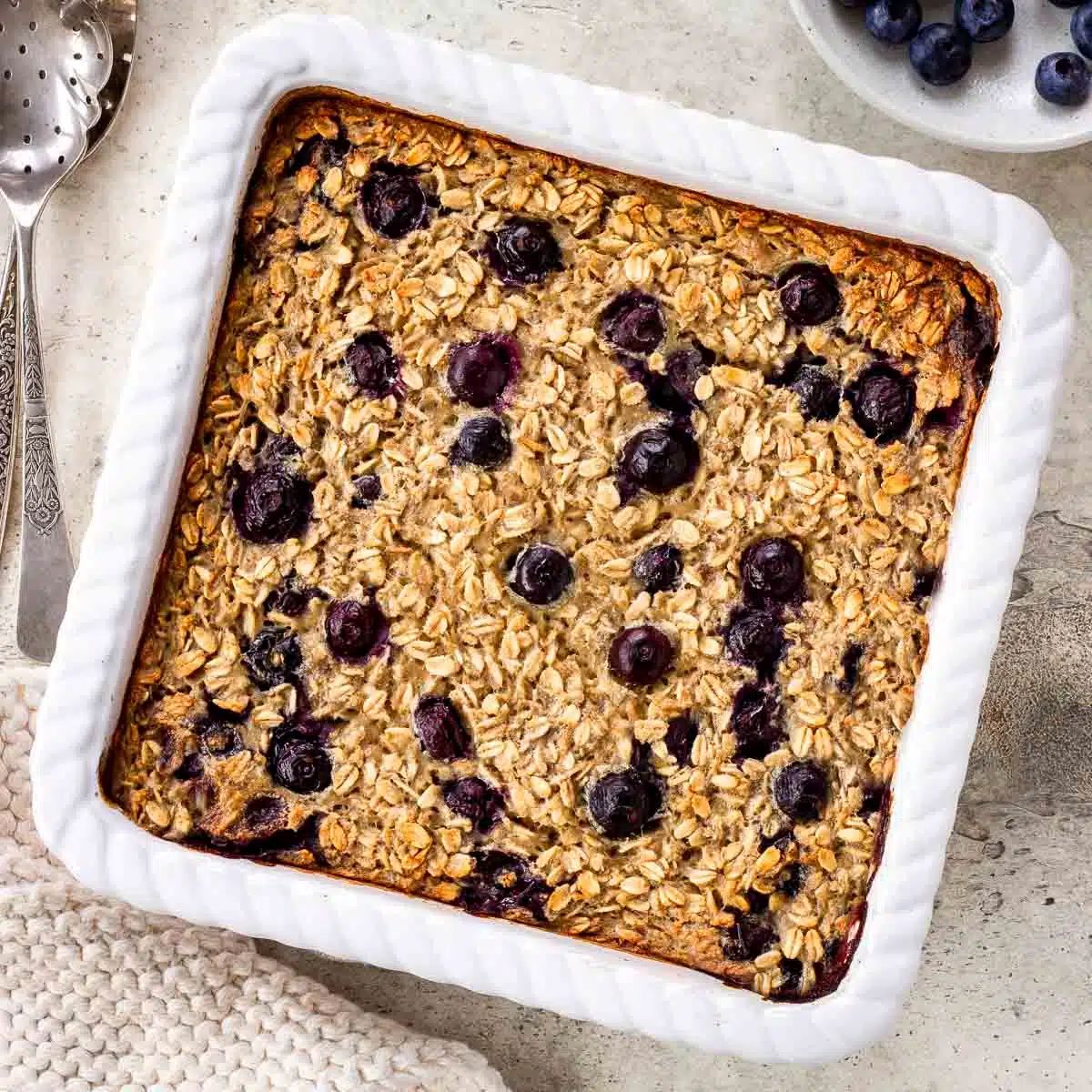
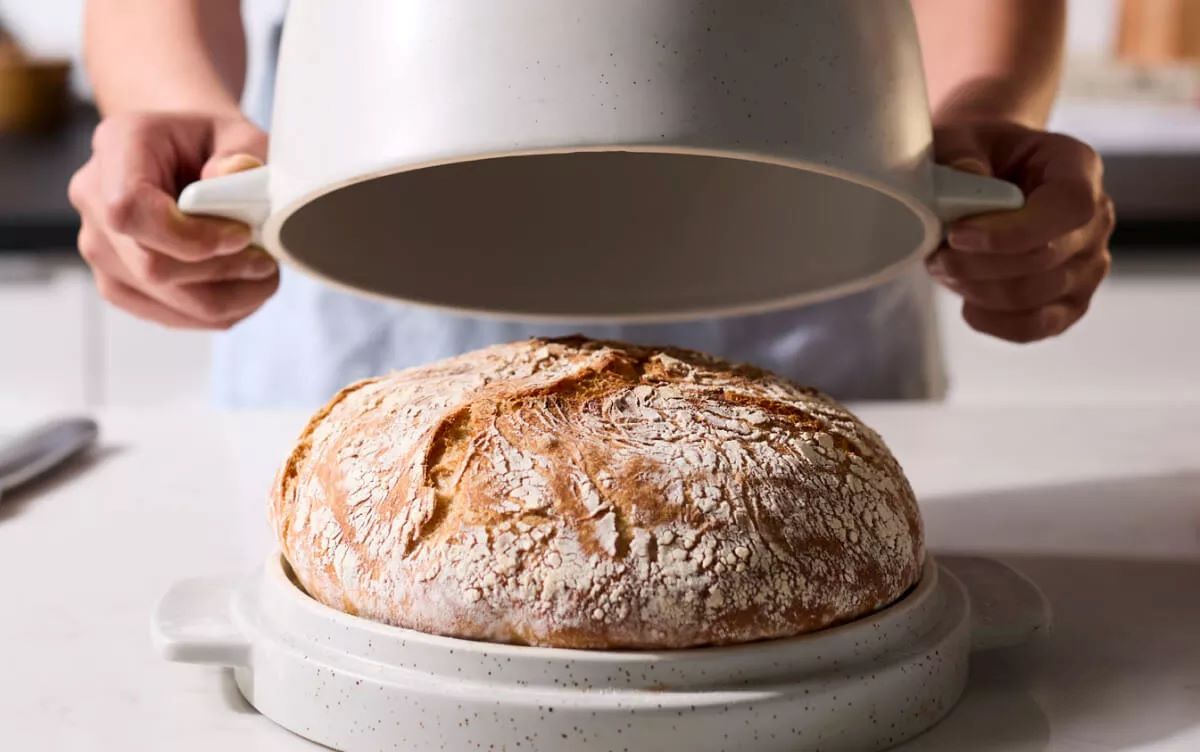
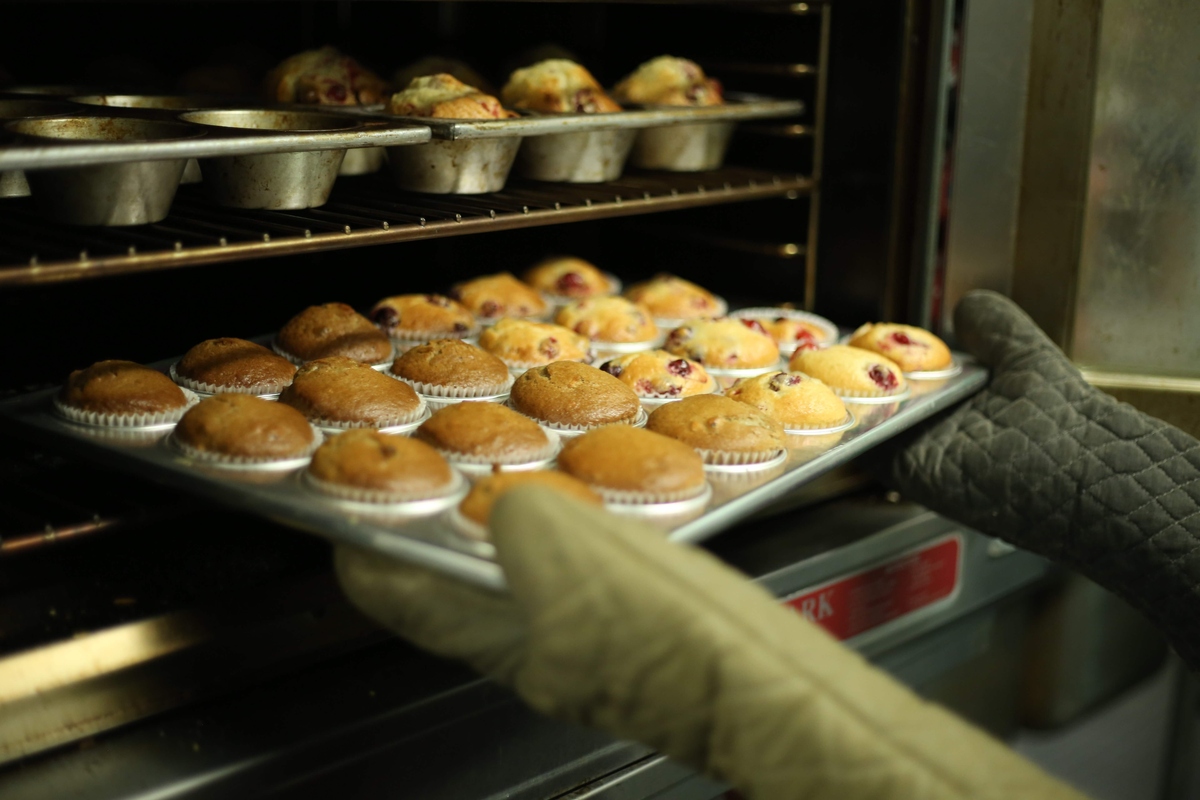
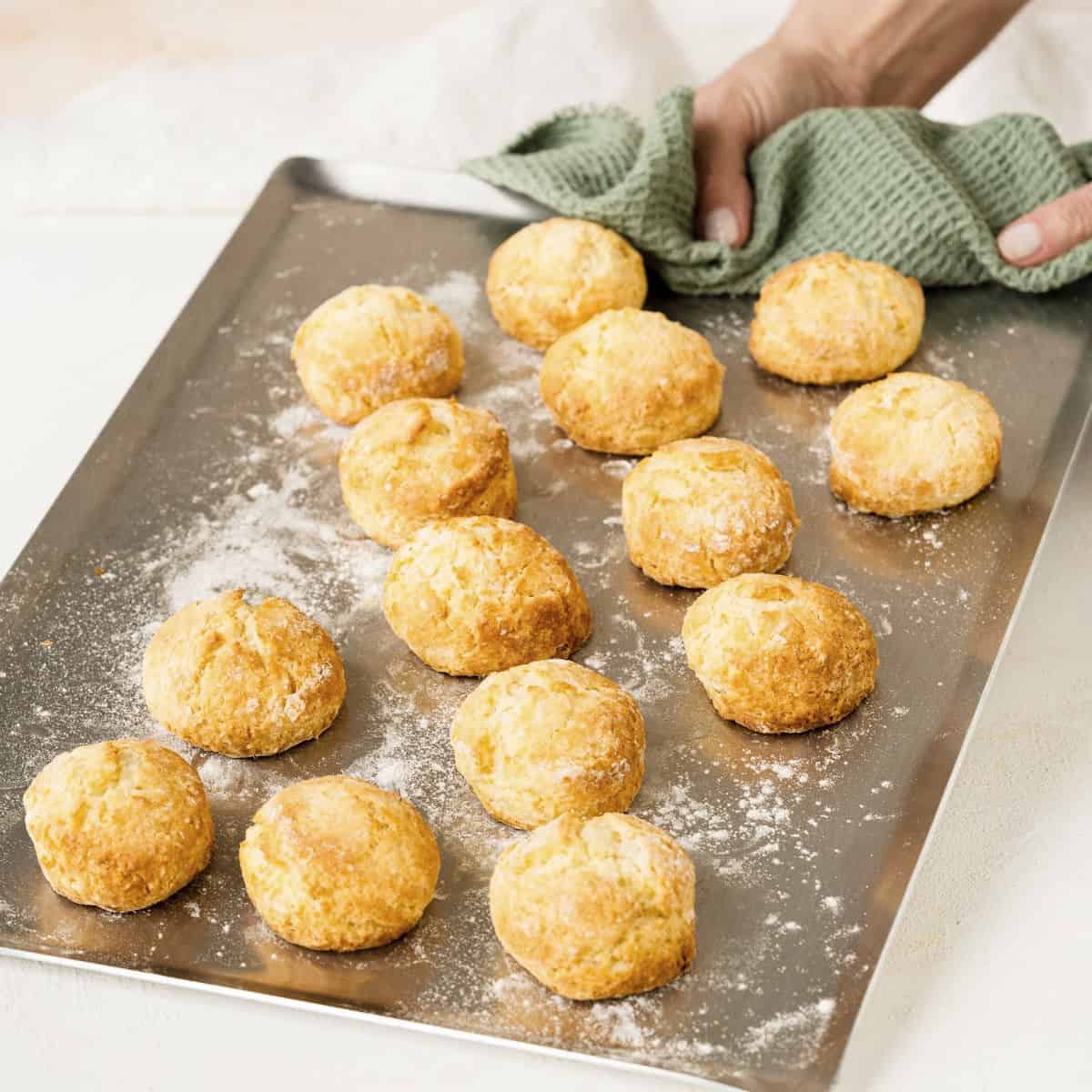
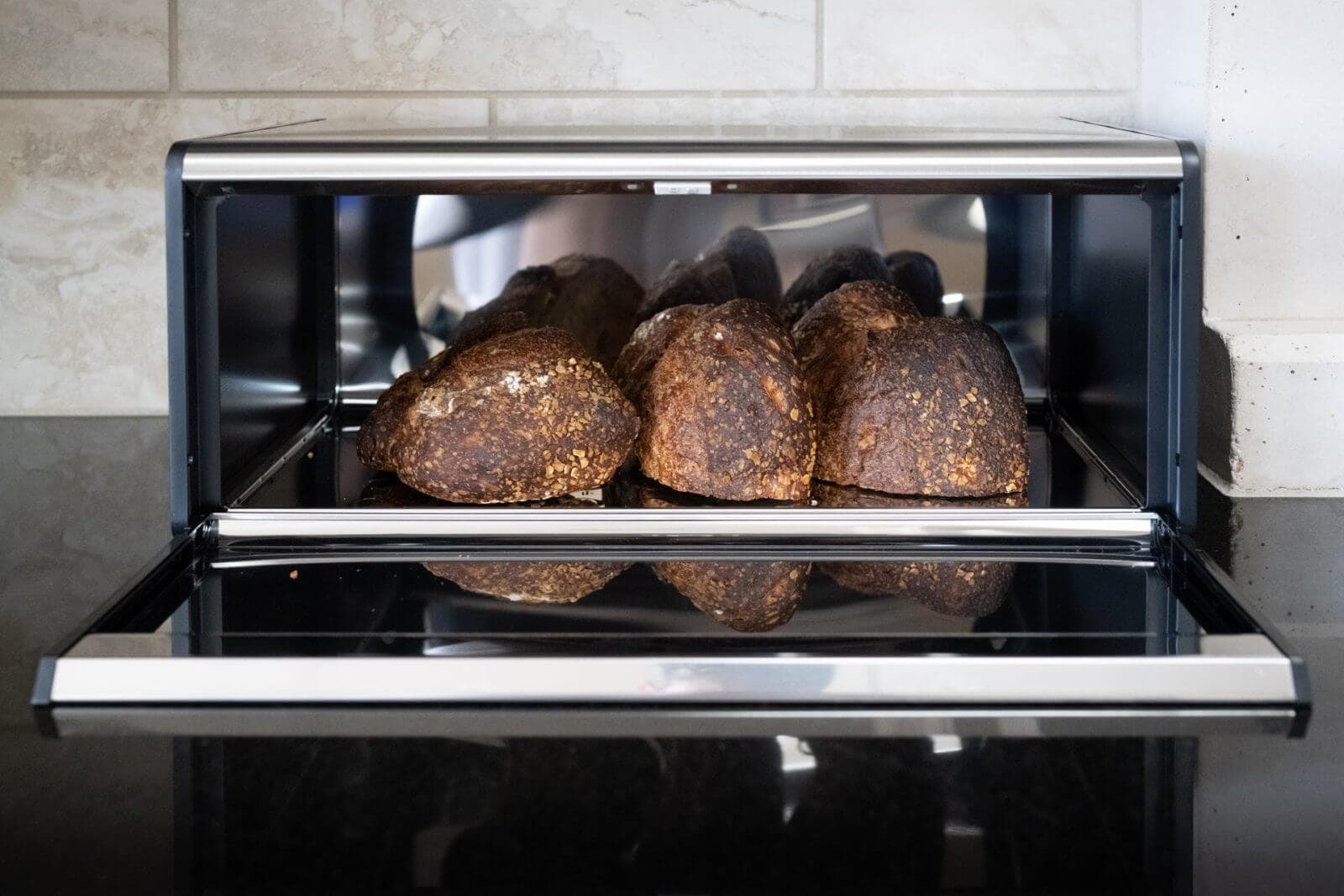

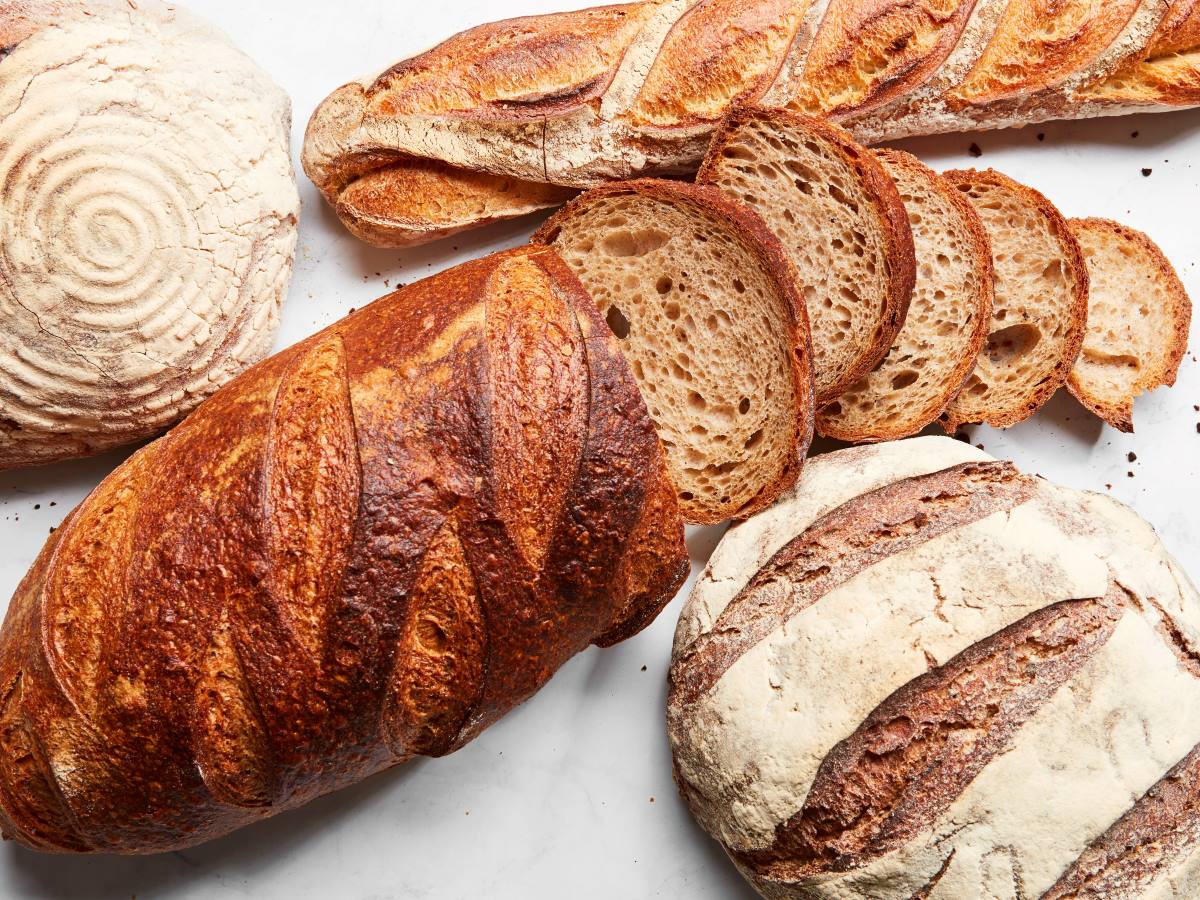
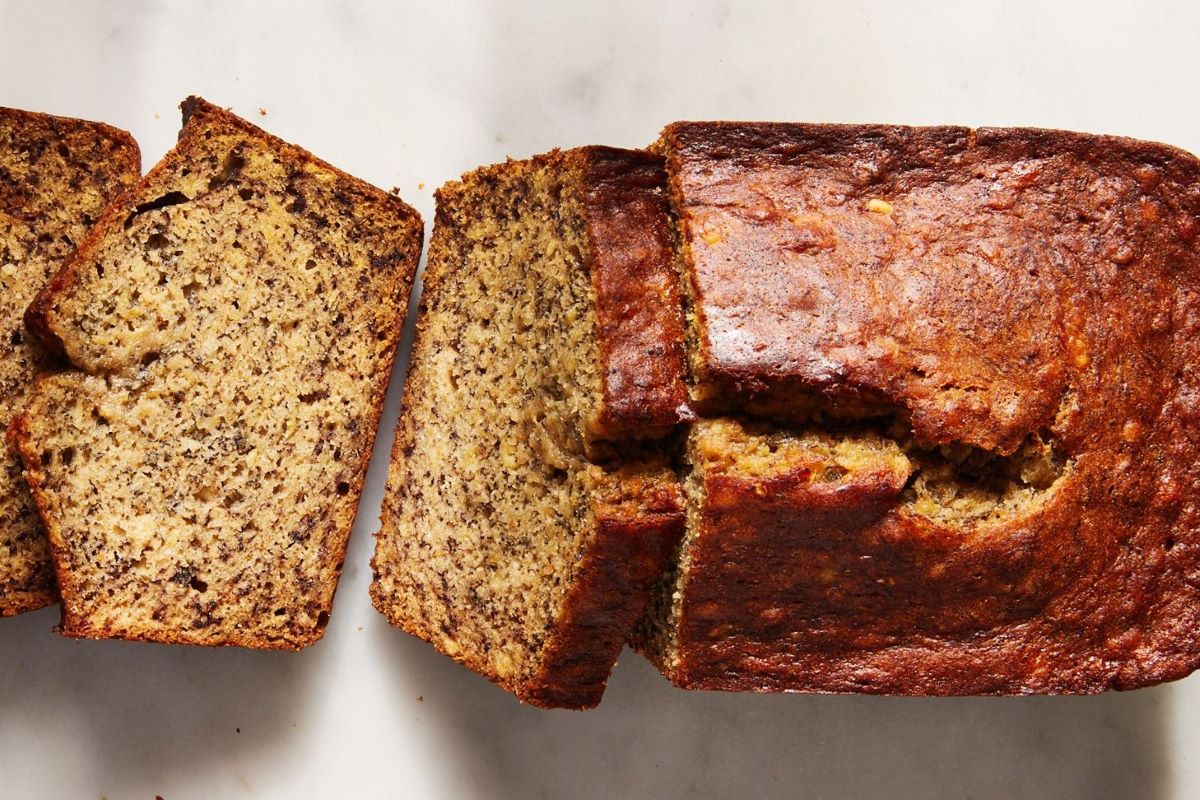

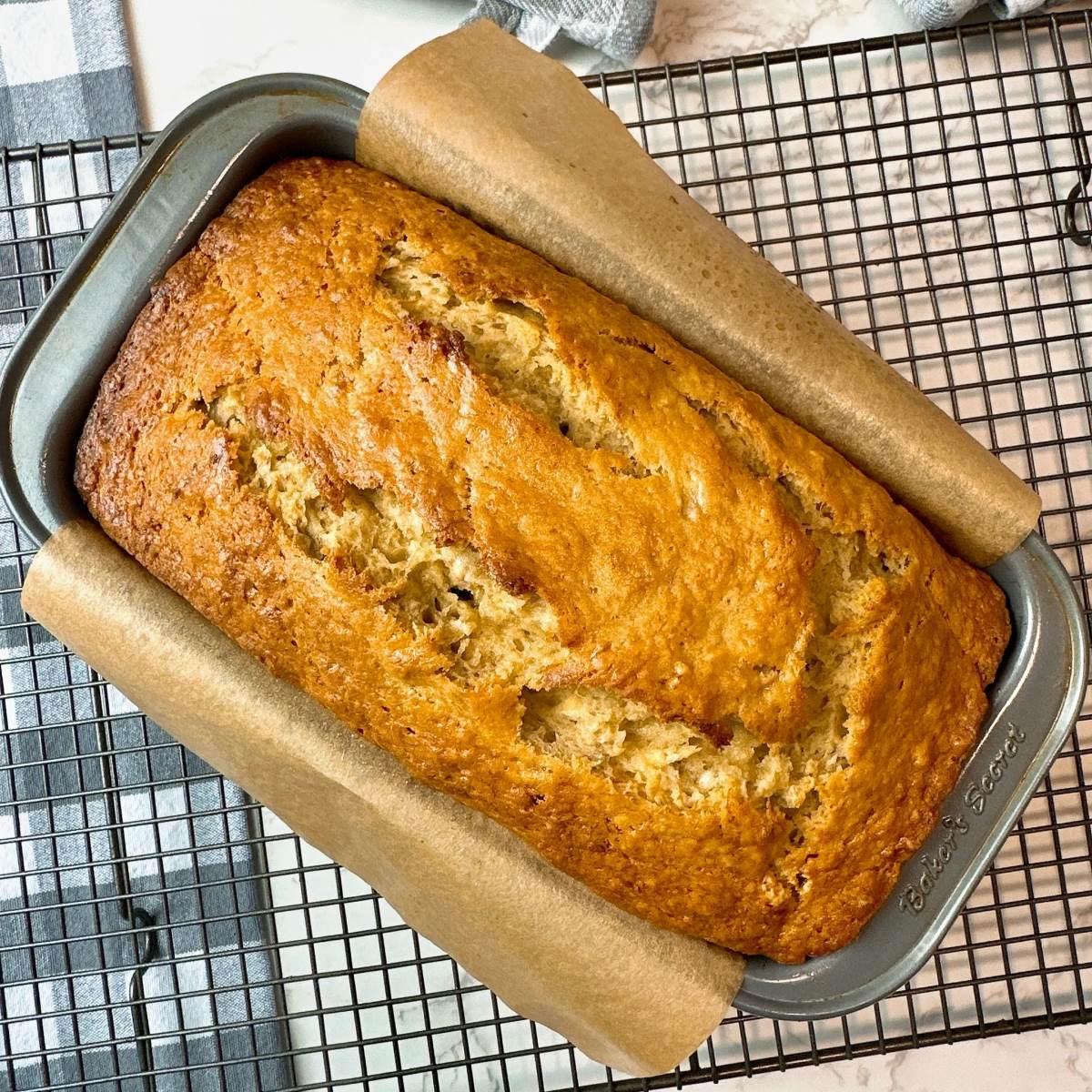
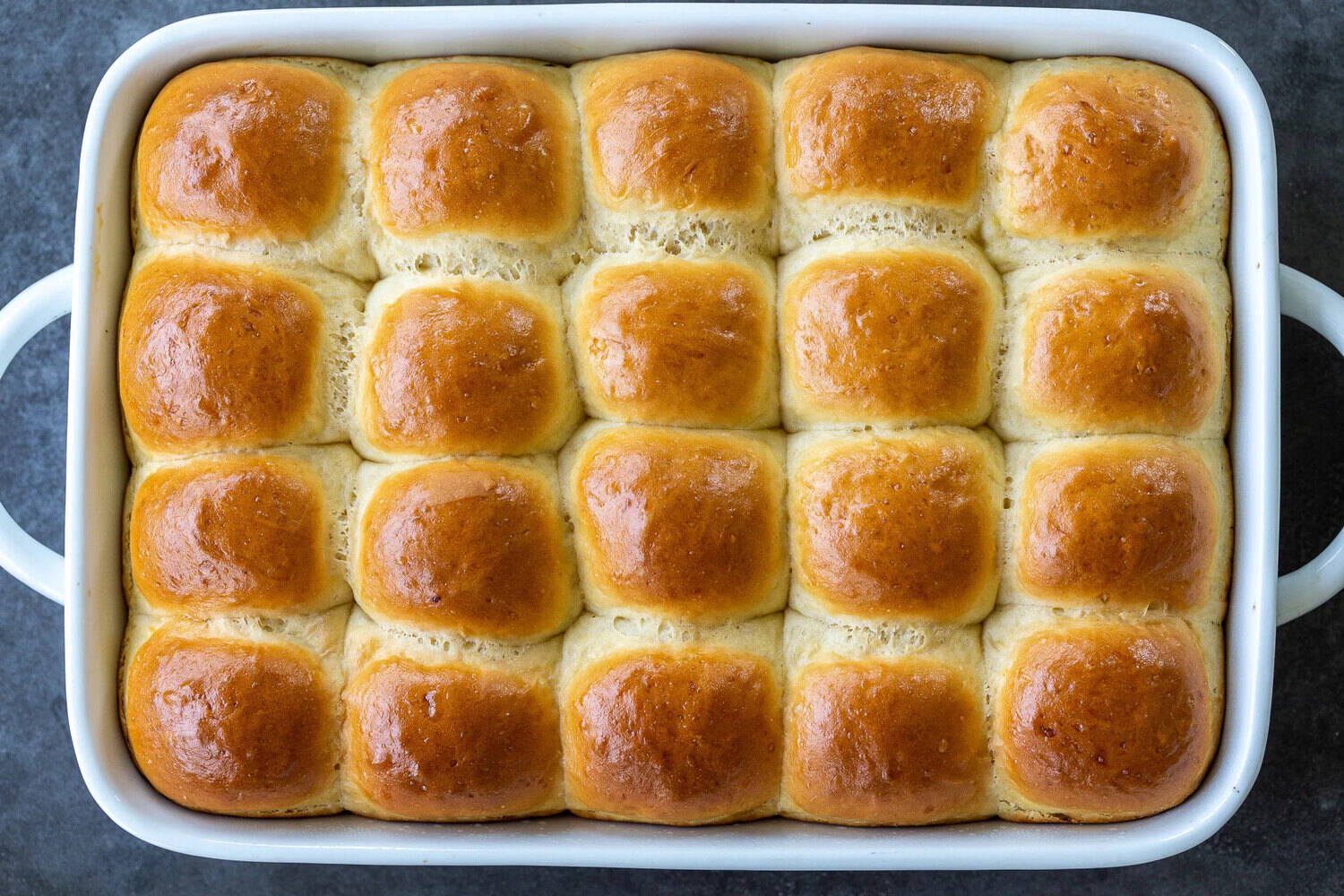
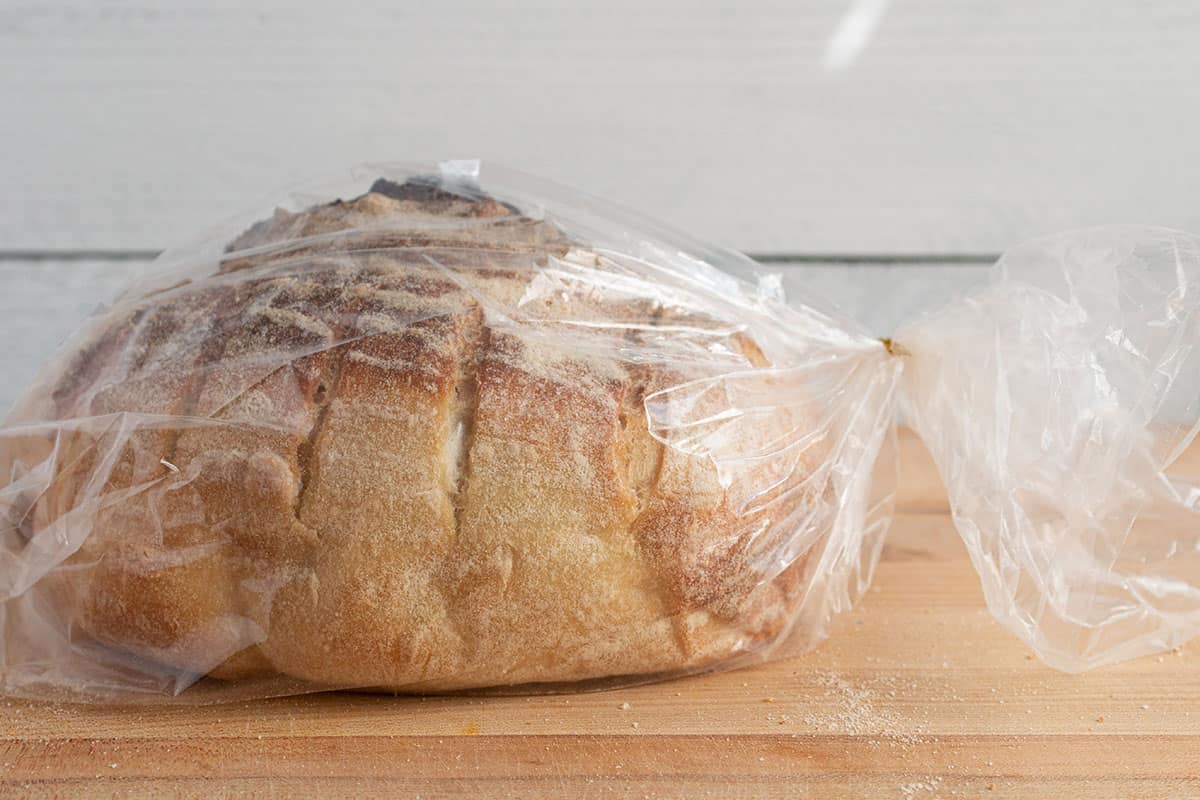

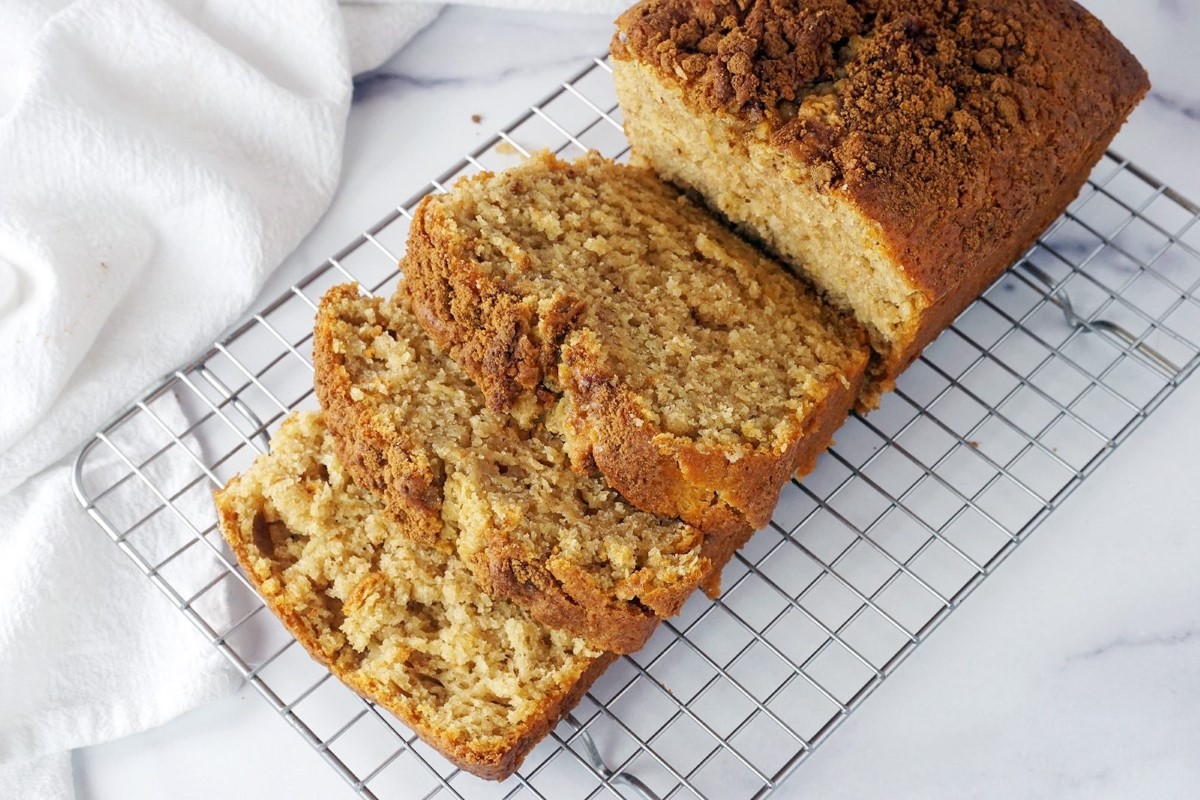

0 thoughts on “How To Store Baked Bread”